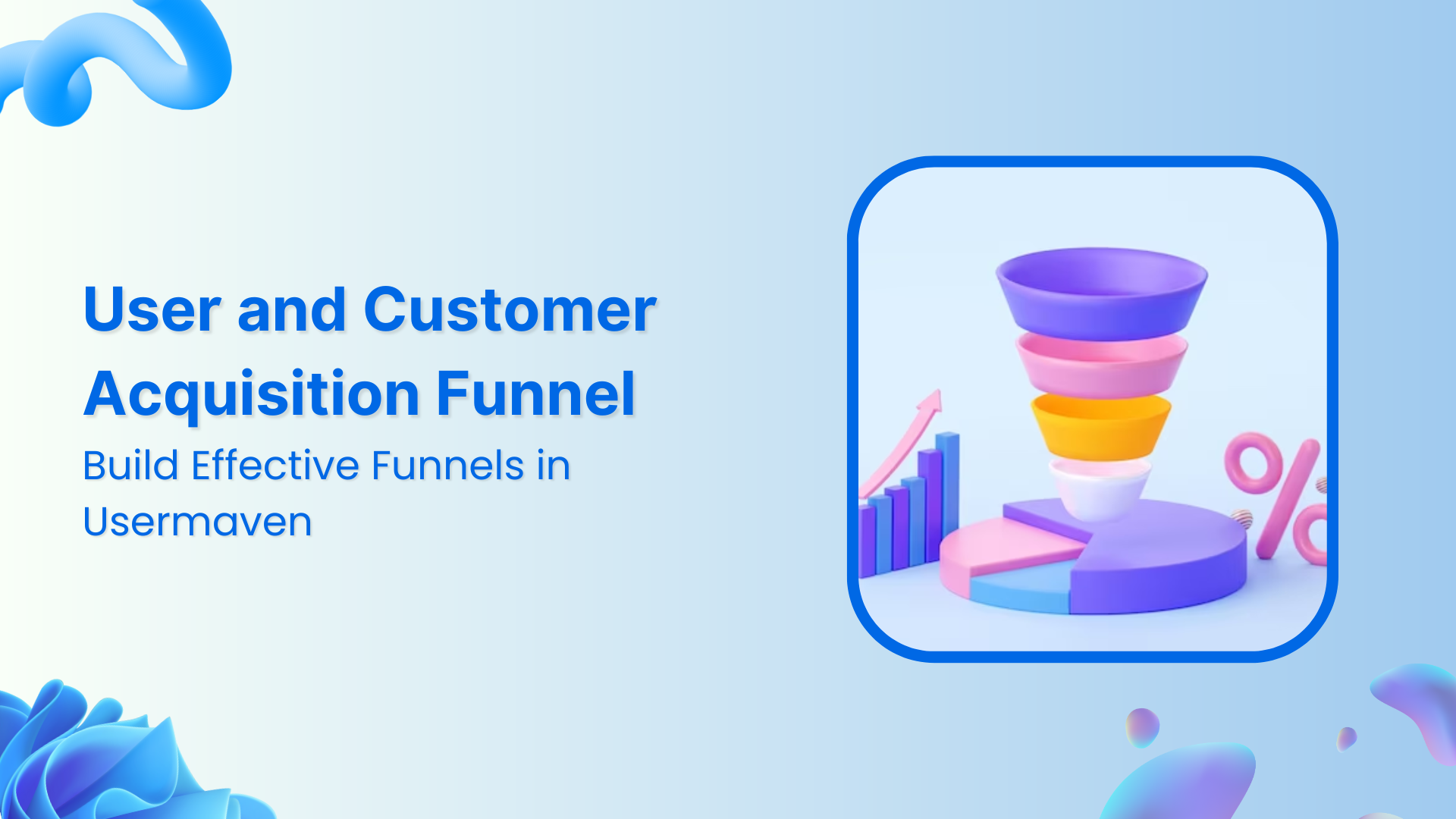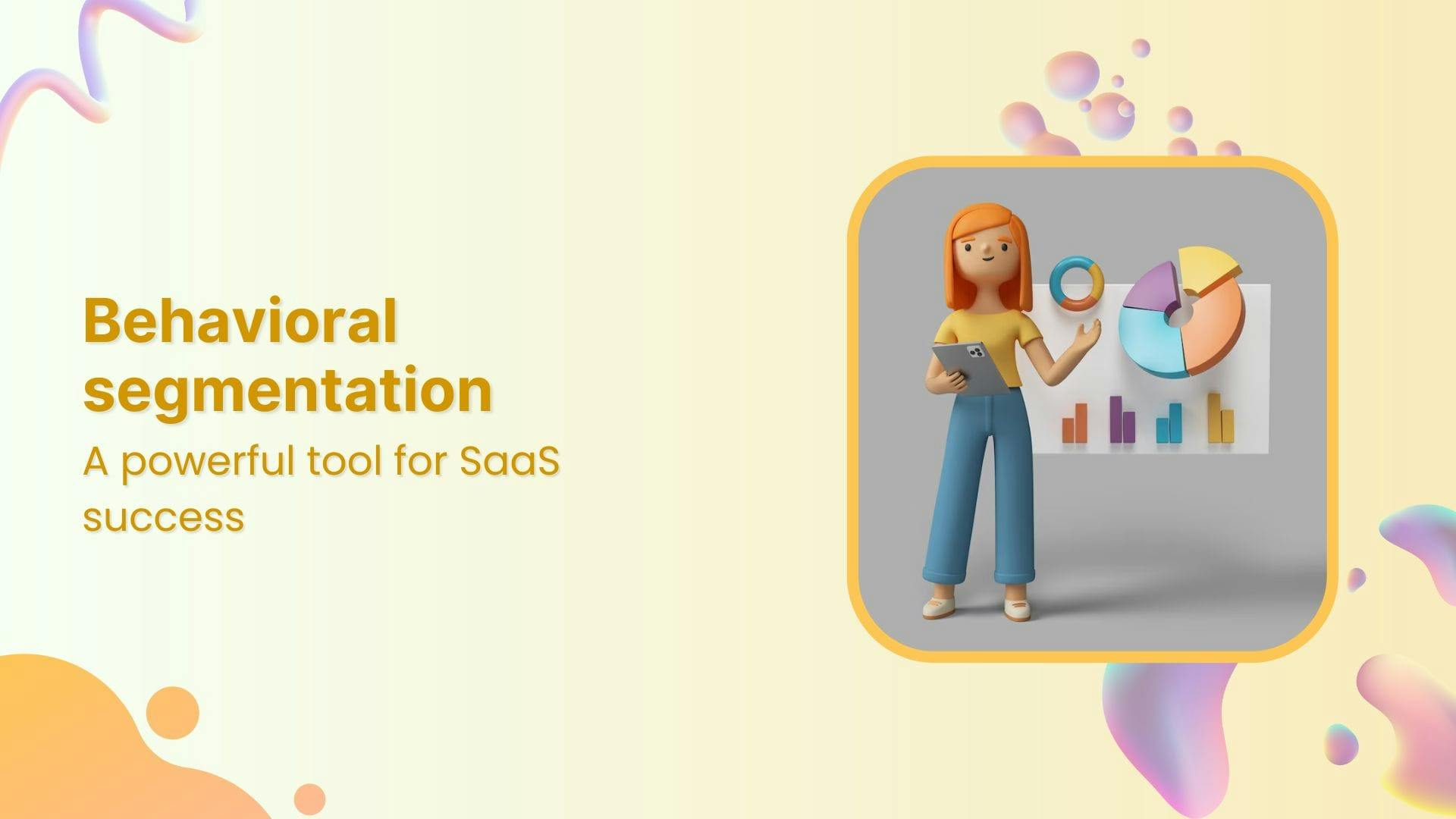
A Guide to User & Customer Acquisition Funnel with Usermaven
Jan 26, 2024
5 mins read
You must have read and heard of “Funnels Acquisition” many times.
But, honestly!
Do you still consider the user acquisition funnel and customer acquisition funnel to be different?
What if they are actually different?
Wait, then, who are the visitors?
One thing is sure,
These funnels are your secret weapons for building apps or websites that users can't stop playing.

So, why not give Usermaven a chance?
User vs. customer acquisition funnel
Before diving deep, let's address a common question: what's the difference between user acquisition and customer acquisition funnels?
While both terms are often used interchangeably, there's a subtle distinction.
- User acquisition funnels focus on bringing new users to your website or app. Their primary goal is to widen the top of the funnel by attracting as many potential customers as possible.
- Customer acquisition funnels, on the other hand, concentrate on converting existing users into paying customers. They delve deeper into the middle and bottom stages of the funnel, nurturing leads and guiding them toward making a purchase or subscribing to a service.
Did you know?
In Usermaven, in order to get complete insights into your users, you have to pass the identified function attribution available on workspace settings.
Cool, Right? Follow along;
Firstly, identify your target audience
Understand who your potential customers are and what their needs and preferences are. This will help you tailor your marketing efforts and create a more effective funnel.
At each step, keep in mind whether you are creating funnel acquisition for visitors or users/customers, and target them accordingly.
Remember: Your customers (who have signed up or purchased your app/website) are regarded as "users" in Usermaven.
Secondly, create relevant events
In Usermaven, events are vital to simplify your analytics tracking and represent key actions, such as signups, purchases, or other desired user interactions. Identify the events that are most relevant to your acquisition funnel and set them up in Usermaven.
In the case of a visitor/user acquisition funnel, The events to track typically revolve around user engagement and interaction with the product or service.
For example, events such as app downloads, account creations, email sign-ups, and other initial interactions that indicate a user's interest and engagement are important to track in the user acquisition funnel.
On the other hand, in a customer acquisition funnel, the events to track are more focused on the customer's journey toward making a purchase. These events may include signups, purchases, button clicks, and other actions that indicate a user's transition from being a prospect to becoming a paying customer.
Now, let's get hands-on and create your first funnel in Usermaven:
Building your funnel in Usermaven
Step 1: Open Usermaven and navigate to the "Analyze" section.
Step 2: Click on "Funnels" and then "Create a Funnel."
Step 3: Give your funnel a descriptive name and choose your target audience:
- Visitor-level funnels: Track overall website performance and user experience.
- User-level funnels: Analyze individual user behavior within your product.
- Company-level funnels: Identify broader trends and patterns in user activity.
Define your goal by analyzing which action signifies a successful conversion. This could be a sign-up, purchase, or any other desired user action.
Select the specific events you want to track as steps in your funnel. These can be page visits, custom events, or pinned events.
Custom events will allow you to choose events as per your own preference and depending upon your audience preference of visitor, user, or company.
Step 4: Choose the order of your funnel steps; sequential order requires users to follow the exact sequence you define, while strict order allows for some flexibility in between steps.
Step 5: Set a window size for your funnel. This determines the timeframe users have to complete the funnel steps.
Step 6: Click "Create" to generate your funnel.
Insights and optimizing performance of funnel
Usermaven delivers actionable insights to help you understand user behavior and identify areas for improvement. Here's how to analyze your funnel:
- Absolute vs. relative drop-off: Identify where users are abandoning your funnel in absolute numbers (absolute drop-off) and which stages have the most significant impact on your overall conversion rate (relative drop-off).
- Deep dive: Access a detailed view of your funnel, including drop-off rates, average time spent in each step, and traffic sources contributing to drop-offs.
Breakdown: Analyze your funnel data by location, technology, and first touchpoint to pinpoint specific user segments experiencing friction.
Funnel comparison: Compare the performance of your funnel over time or against different ad campaigns to measure the effectiveness of your optimization efforts.
Conversion time distribution: A time histogram shows how much time each step in a process takes. It helps us see more than just averages, highlighting details about how users behave and how efficient the process is.
Sharing and modifying funnels: Share your funnels with colleagues or stakeholders to collaborate on optimization strategies.

Easily rearrange steps or apply filters to fine-tune your funnel analysis.
Duplicate or delete funnels as needed to maintain a clean and organized workspace.
And! You are all done.
End-note
Remember, your user acquisition funnel is a living, breathing entity. Continuously monitor its performance, analyze user behavior, and implement data-driven changes to optimize every step of the journey.
With Usermaven as your guide, you'll be well on your way to converting website visitors into paying, loyal customers.
Ready to take control of your user acquisition journey? Sign up for Usermaven today and unlock the power of data-driven funnel optimization!

Know what's happening at every touchpoint of your users’ journey with AI-powered analytics.
It's 100% Free to Try!


